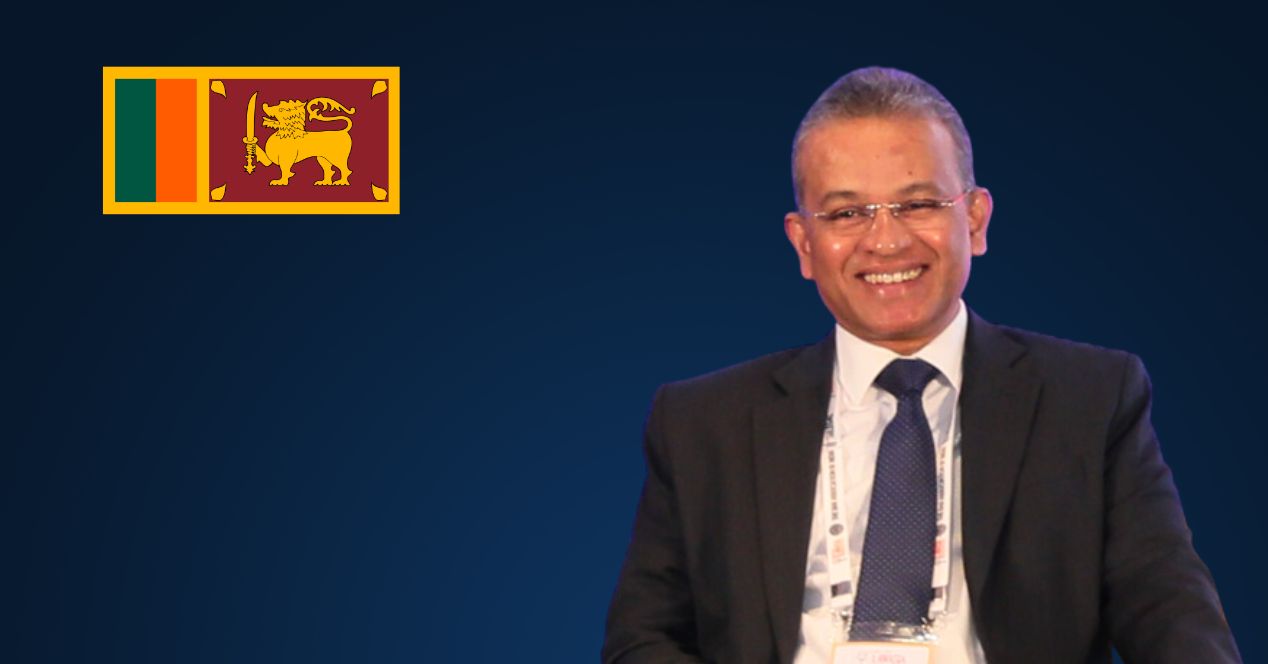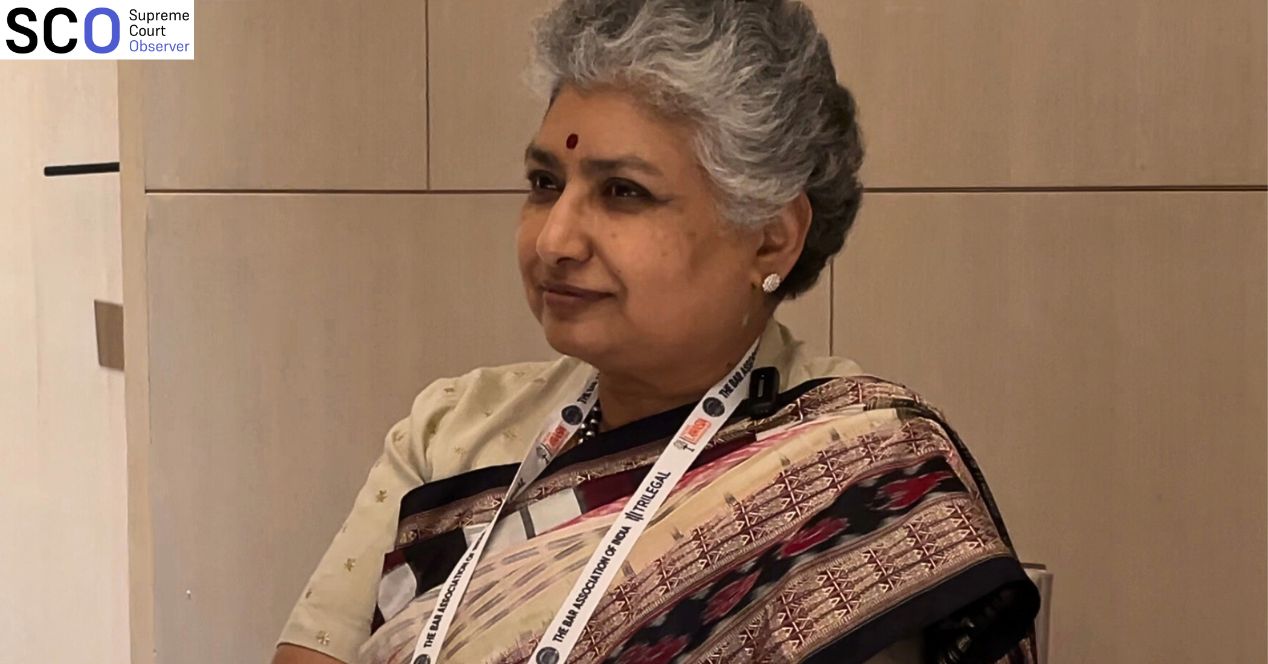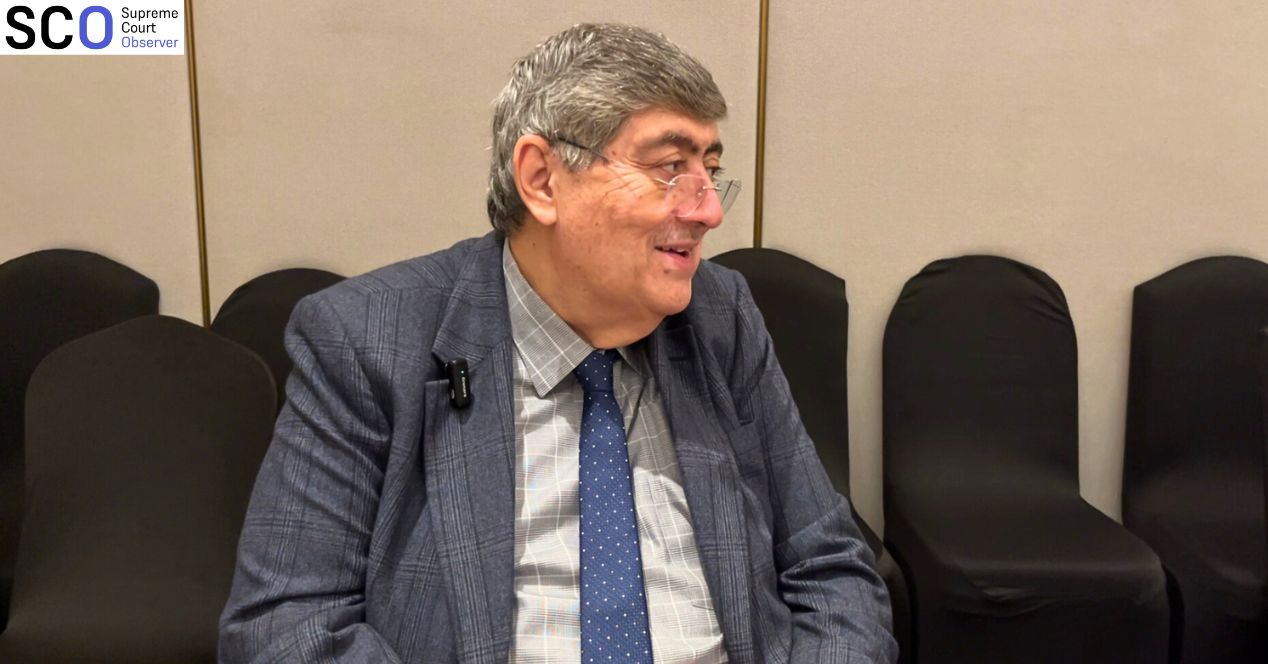Channel
“When it comes to women advocates, the family has to cooperate”: Justice B.V. Nagarathana
In a conversation with SCO, Justice Nagarathna spoke about women in the judiciary, access to justice in the digital age and more.
Transcript: Interview | Justice B.V. Nagarathna, Judge, Supreme Court of India
In this conference especially, various discussions have happened since yesterday. All of them in some way or the other lead to the question of access to justice in the age of technology. So in your opinion, what role does technology play in access to justice for marginalised communities or oppressed communities? And what can we, from an institutional point of view, do better?
Thanks to COVID-19, technology has come to stay in judicial administration or administration of justice and now the advocates, the judges, they’re all used to electronic, you see, way of dealing with matters. And one is access, with regard to the appearances of advocates across the world in a particular court. So it is not territorial-based. The advocate who is selected by a client can easily appear in a court irrespective of where he or she is and particularly in the Supreme Court, that is one thing. So the client is satisfied with the choice of the advocate, which is very much important. Otherwise, when it comes to Supreme Court advocacy, in many cases neither the client nor the advocate would have seen face to face. But if the advocate in the city or town of the litigant himself or herself appears, then it would make the client more litigant, more comfortable.
And secondly, technology has helped us in uploading of judgments quickly accessing of you see, rulings of the high courts and Supreme Court, access to law is also a part of access to justice and there are various other ways in which we have the zoom conferences between advocates in various jurisdictions. Time is saved that way for the advocates, for the litigant, expenses are saved. So there are innumerable ways in which technology has helped access to justice.
With you here, I would be remiss if I did not bring up how there’s a lot of debate about diversity in the judiciary, especially with recent collegium recommendations. So in your experience at the Supreme Court, what are some things you have noticed in this discussion about diversity? What are the things that we can do better? Because these are obviously decades of institutional developments.
See, the first and foremost thing is to recognise the aspect of diversity. If it is not recognised at all, then how can diversity be acted upon or implemented? So there must be an awareness and a recognition of it.
And secondly, if you want more diversity, say in the profession or on the bench, then what is required is who are the target persons? Suppose we say women; more women on the bench. Then we require more women in the bar and for women to be in the bar, as I’ve always been saying, women get into the bar but very few get on or get up in the bar. That is because midway, they either give up the profession for various reasons: marriage, childbearing, rearing, et cetera. So after the birth of the child, the lady advocate must return to the profession. That is the crucial decision she must take and ultimately balance between her role as an advocate and her role as a mother and a wife. So that is a very difficult balance. So it ultimately depends on the individual.
And once the woman gets back to the profession after the birth of the children, then she must have the cooperation of her family, her seniors, et cetera, to move on and diversify in her profession. And with experience. If a person is persistent, and visibility is there, then obviously such a person will get noted and the bench will recommend her or recommend that person to be a judge- elevated as a judge.
Jayna Kothari: Can I add to that question?
Justice Nagarathna: Yes.
Jayna Kothari: How do we make the legal profession more friendly to women, that they can come back to the profession after having children? And how do we make the judiciary as an institution again, more women-friendly, that they are more interested—to get more women?
See, there are various ways in which small things- firstly, you can have what is called a children’s room or a child room or a creche in the court where the advocates, can bring the children, leave them there in the afternoon, they can visit them so that the whole day is spent side by side with the child. Whenever the advocate is free, she can go and look up the children and then they can return home together.
And then the same way, with regard to the office in which the lady advocate works, flexible timings must be given by the seniors and technology would help because now they can work from home. So work from home must become, you see, the order of the day when it comes to women.
And then the third thing is cooperation of the family of a woman. See, when it comes to male advocates, nobody speaks about cooperation of the family because it is a given, it is granted, it is something where the wife of an advocate is taking care of the house and the male advocate is totally busy in the profession. But when it comes to women advocates, the family has to cooperate; greater cooperation will help in the success of the advocate.
Tomorrow, as you know, we are going to be celebrating our Constitution Day. So if you’d like to say a few words to our readers and our viewers on that occasion.
See, in my view, the goals of a society, and particularly the Indian society, are all there in the Constitution. It is for us, the citizens, the judges, the advocates, the persons who are in the executive, the politicians, et cetera, to understand those goals and not to give up any opportunity in implementing the goals.
If you go through the framing of the Constitution, and particularly with regard to the constitutional debates, read them. How meticulously, the placing of a word in an article has been debated upon you will know. And therefore, in order to see that the vision of the Constitution which the framers have given us is perpetuated, it becomes the duty of every citizen not only to understand it, but to live by the spirit of the constitution.
And one more aspect I would like to say is the Indian constitution has been a binding force. I have always thought India is over a 1.30 billion population. It is a subcontinent. It has a history, a huge geography. What binds us as Indians?
There is something which binds us as Indians. According to me. It is the Indian constitution, particularly after 1950, and a common legal system with a common hierarchy of courts and the Supreme Court at the helm. These are all binding forces. We say, unity in diversity. The Constitution is one of the unifying factors and hence the need all the more now to go by the letter and spirit of the Constitution.




